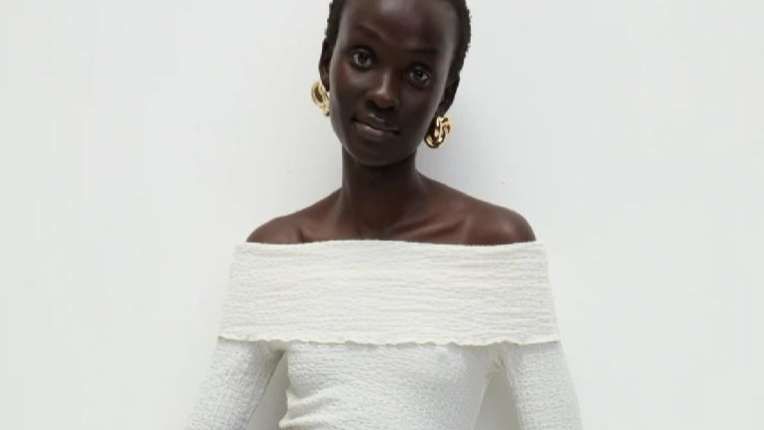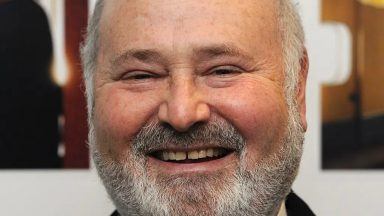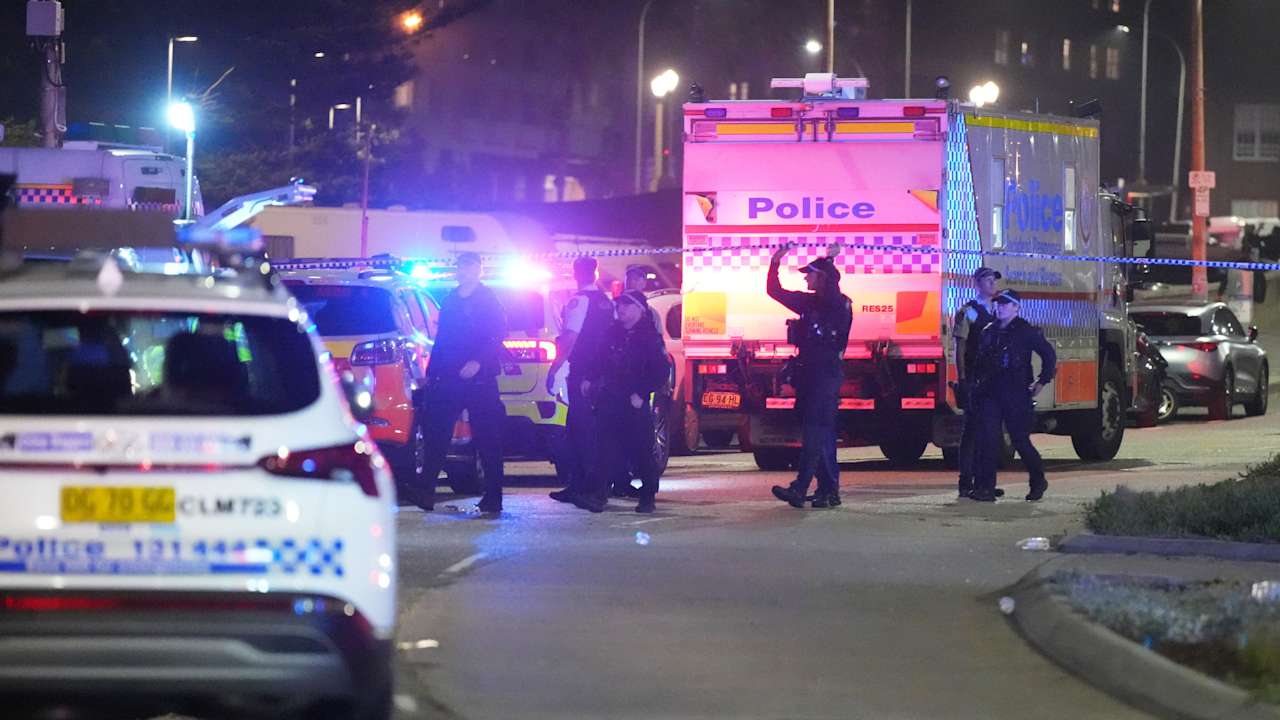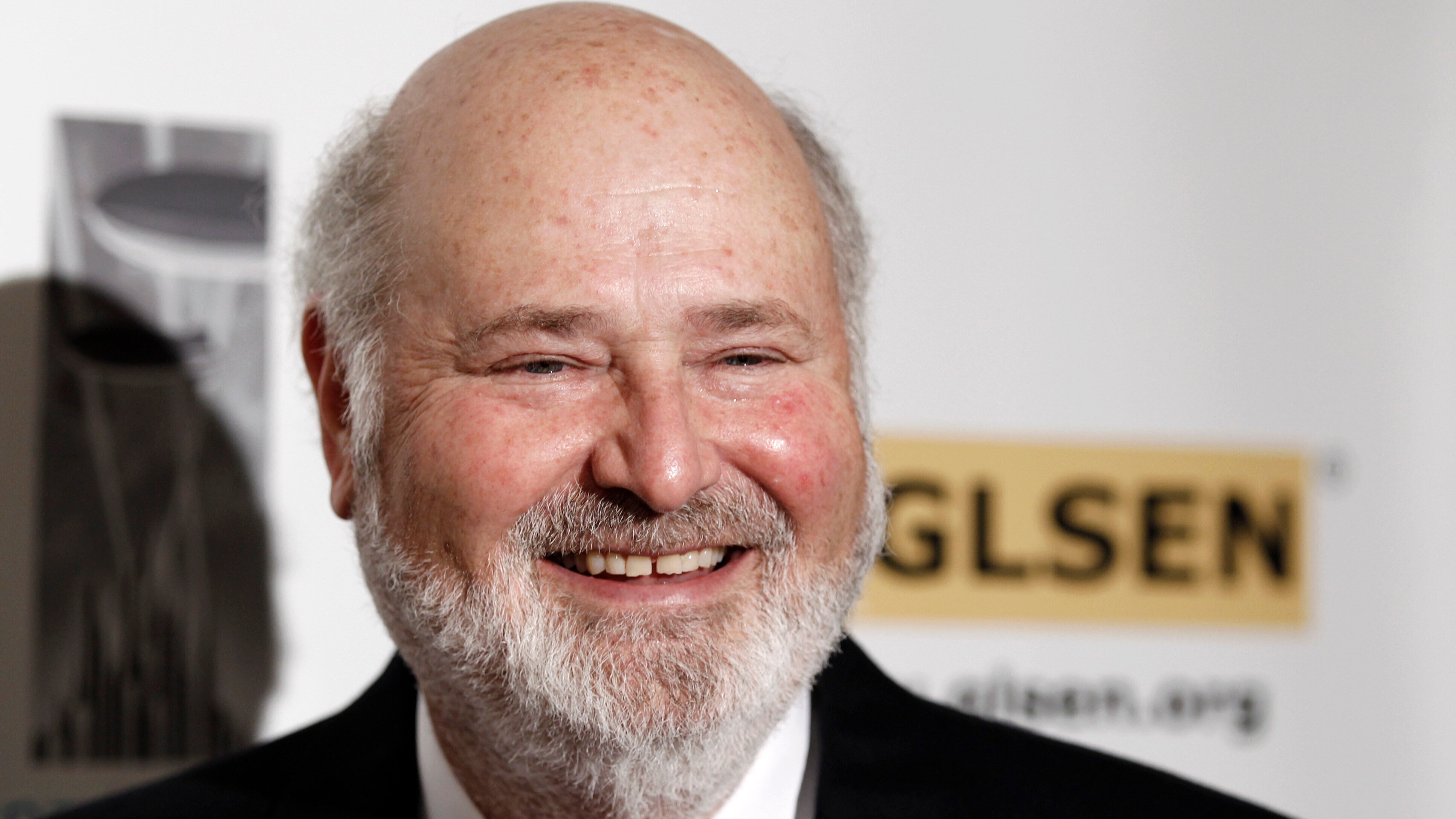A Marks & Spencer advert has been banned by the advertising watchdog for featuring a model who looked “unhealthily thin.”
The Advertising Standards Authority (ASA) concluded that it was “irresponsible” for the retailer to use the image to advertise clothes on its mobile app.
The ASA investigated the advert after receiving four complaints which questioned whether the use of the image was socially irresponsible, as they believed the model appeared unhealthily thin.
The advertisement featured a model wearing a white, strapless top, holding a bag, wearing slim-fit black trousers and pointed shoes.
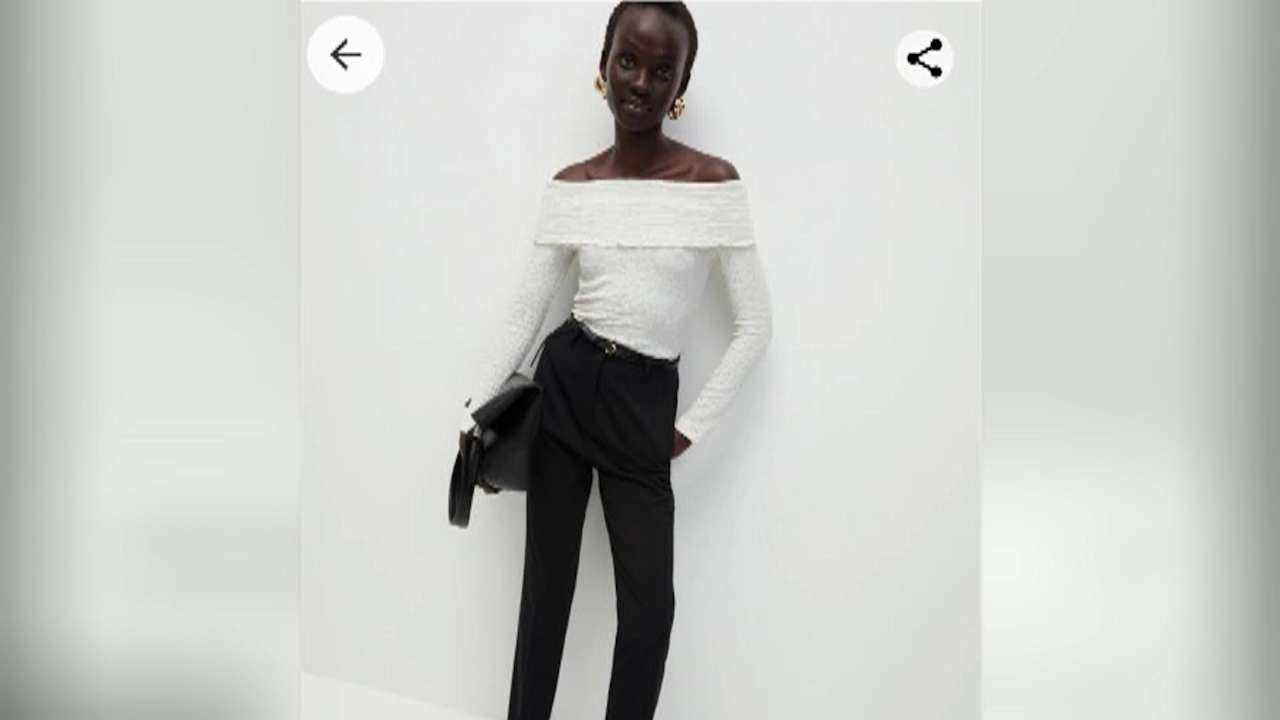
M&S told the watchdog that, as standard practice, they ensured all models were in good health and they complied with industry standards and best practices to avoid promoting unhealthy body images.
The ASA claimed the model’s collar bones were very prominent, which was emphasised by her pose, and the large pointed shoes emphasised the slenderness of her legs.
The camera angle made the model’s head appear out of proportion with the rest of her body, highlighting her small frame, the ruling added.
“Therefore, we considered that the pose of the model and the choice of clothing meant the ad gave the impression that the model was unhealthily thin,” concluded the ASA.
M&S apologised for any offence caused and removed the image, but said the model’s pose was chosen to convey confidence and ease, not to accentuate her slimness.
An M&S spokeswoman said: “Our womenswear sizing ranges from size 8 to 24 and we always want to reflect that in our advertising.
“The product images on our website feature models of varying sizes so we can appeal to all our customers, however following the ASA guidance, we have removed this particular image from our website and apologise for any offence caused.”
Three more images were reported to the ASA by consumers, but the watchdog said there was no breach and did not ban them.
It is the latest in a string of issues for the retailer, following an attack by hackers which shut down its website for over six weeks, at an estimated cost of £300 million

Marks & Spencer is not the only retailer to be accused of using adverts where models appear too thin.
An advert by high street retailer giant Next was banned in February after the ASA concluded it to be “irresponsible”.
Similarly, the watchdog concluded the camera angle, styling and the model’s pose emphasised the slimness of her legs.
The ad, a product listing for denim leggings on the Next website in September, showed the model sitting on a wooden block with her legs extended towards the camera.
The ruling found the model’s thigh appeared to be the same width as her lower leg within the advert, although the watchdog noted that she didn’t appear unhealthily thin in other photos.
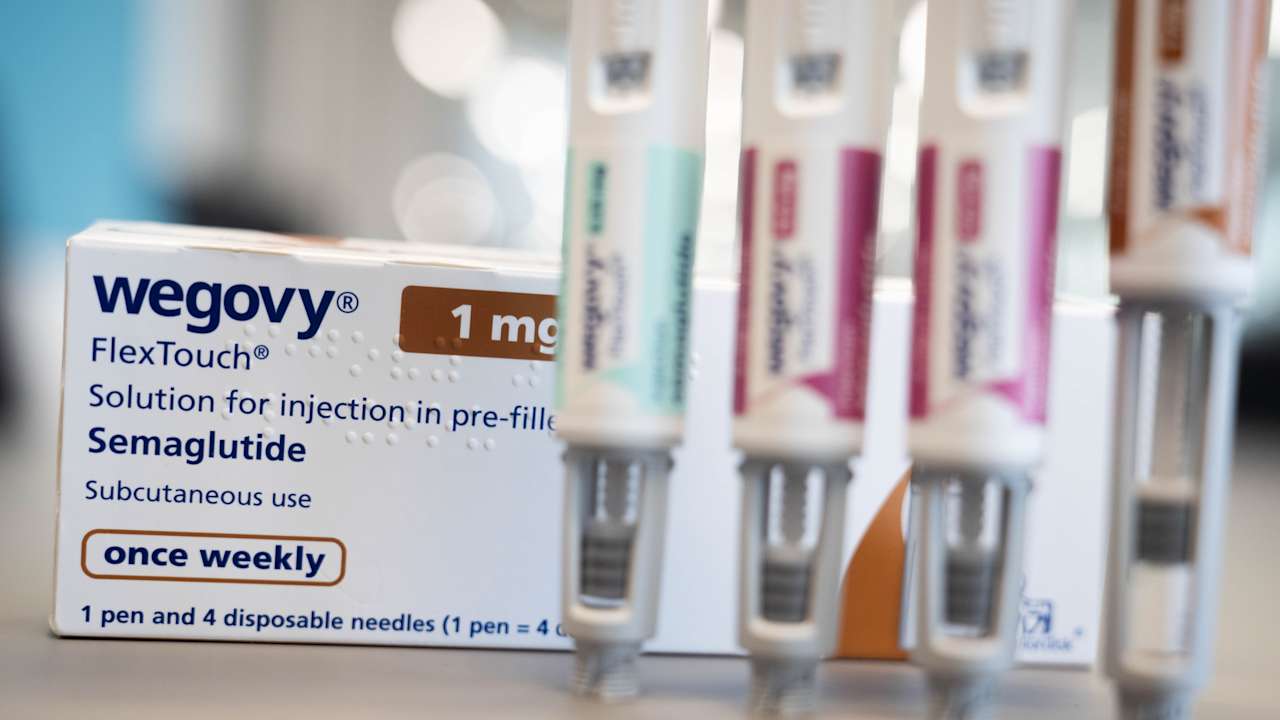
Are we seeing the return of “heroin chic?”
The term “heroin chic” was popularised in the 1990s, and referred to and glamorised those who were very thin, possibly with dark circles and pale skin – traits which are also associated with heroin use.
It was a term particularly aimed at thin models, among them Kate Moss, who dominated the runways at the time.
It was common for celebrities to talk about how little they ate, and mocking those who were overweight was common in the media.
The 2010s brought the body-positivity movement.
It saw plus-size models were walking on major runways for the first time and clothing brands were increasingly bringing out more size-inclusive collections.
In recent years however, plus-size models have reported their bookings are drying up and runways are seeing less representation.
At the same time, 90s trends like low-rise jeans and baby tees are back in fashion.
Some are attributing the change to the rise in popularity of weight loss drugs, with the widespread availability of injections bringing about a new trend of thinner bodies.
Follow STV News on WhatsApp
Scan the QR code on your mobile device for all the latest news from around the country


